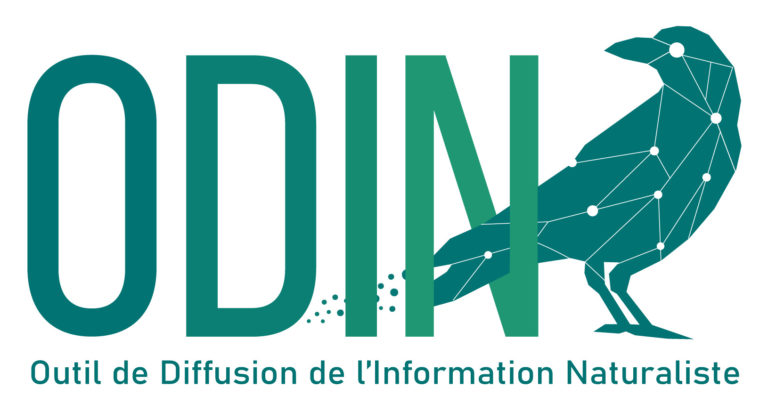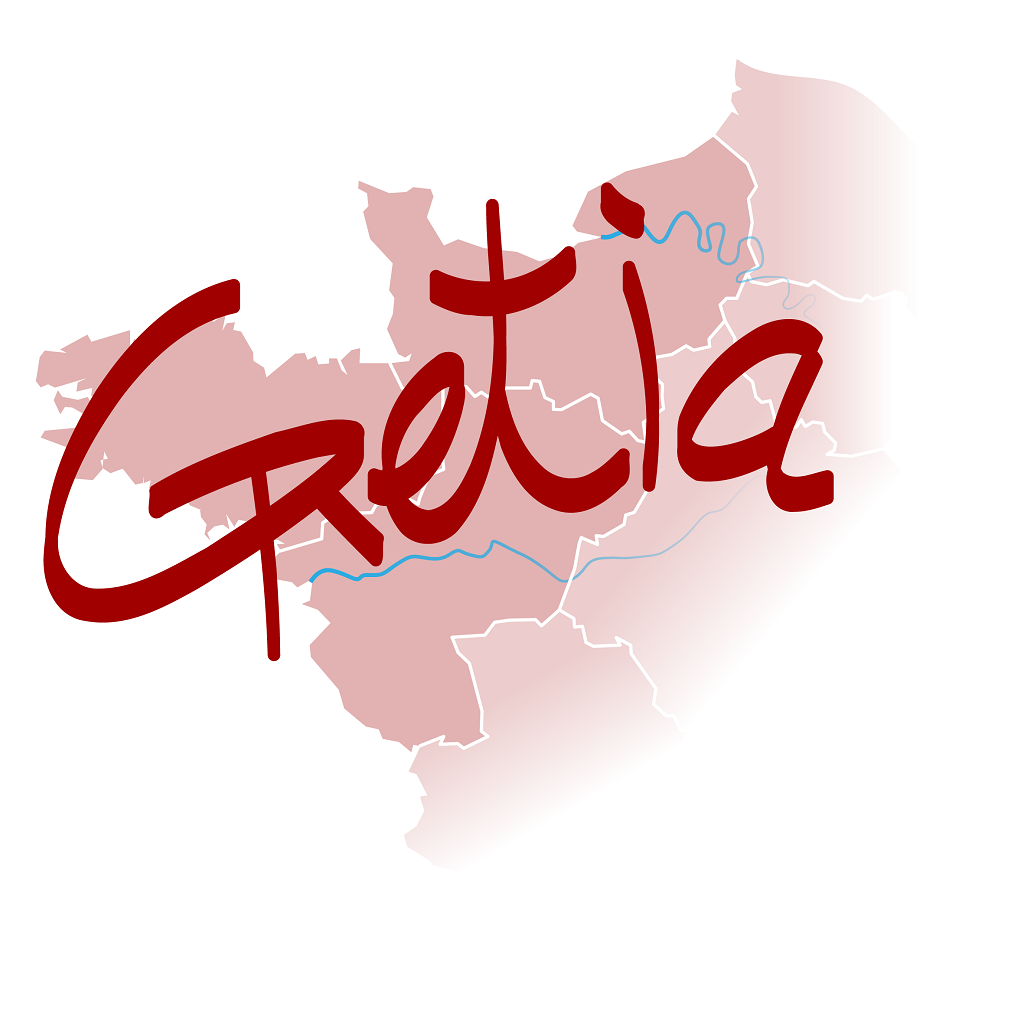Où cette espèce a-t-elle été observée ?
 Attention : cette espèce peut être présente où il n’y a pas de maille, mais à ce jour elle n’y a pas encore été observée.
Attention : cette espèce peut être présente où il n’y a pas de maille, mais à ce jour elle n’y a pas encore été observée.
- 736 observations
-
79
communes -
116
observateurs
19
organismes -
Première observation
1900 -
Dernière observation
2025
Appenai-sous-Bellême - Arcisses - Argenvilliers - Authon-du-Perche - Bazoches-sur-Hoëne - Beaumont-les-Autels - Belforêt-en-Perche - Belhomert-Guéhouville - Bellavilliers - Bellême - Berd'huis - Bizou - Bretoncelles - Ceton - Champrond-en-Gâtine - Champrond-en-Perchet - Chapelle-Guillaume - Charbonnières - Charencey - Chassant - Coudray-au-Perche - Coulimer - Courgeon - Cour-Maugis sur Huisne - Crulai - Dame-Marie - Digny - Feings - Fontaine-Simon - Frazé - La Bazoche-Gouet - La Chapelle-Souëf - La Croix-du-Perche - La Ferté-Vidame - La Framboisière - Lamblore - La Puisaye - La Saucelle - La Ventrouze - Le Mage - Le Pas-Saint-l'Homer - Le Pin-la-Garenne - Les Autels-Villevillon - Les Corvées-les-Yys - Les Ressuintes - Longny les Villages - Luigny - Manou - Marolles-les-Buis - Mauves-sur-Huisne - Miermaigne - Montireau - Montlandon - Mortagne-au-Perche - Moutiers-au-Perche - Nogent-le-Rotrou - Parfondeval - Perche en Nocé - Pervenchères - Rémalard en Perche - Réveillon - Sablons sur Huisne - Saint-Éliph - Saint-Germain-de-la-Coudre - Saint-Germain-de-Martigny - Saintigny - Saint-Jean-Pierre-Fixte - Saint-Mard-de-Réno - Saint-Martin-du-Vieux-Bellême - Saint-Maurice-Saint-Germain - Saint-Pierre-la-Bruyère - Saint-Victor-de-Buthon - Senonches - Soligny-la-Trappe - Souancé-au-Perche - Tourouvre au Perche - Val-au-Perche - Vaunoise - Verrières
-
PNR du Perche
Participation à 399 Observations
Part d'aide à la prospection : 54.21 %
Fiche organisme
-
DREAL Centre-Val de Loire
Participation à 193 Observations
Part d'aide à la prospection : 26.22 %
Fiche organisme
-
Conservatoire d'espaces naturels du Centre-Val de Loire (CEN CVL)
Participation à 71 Observations
Part d'aide à la prospection : 9.65 %
Fiche organisme
-
France Nature Environnement Centre-Val de Loir
Participation à 61 Observations
Part d'aide à la prospection : 8.29 %
Fiche organisme
-
Association Faune & Flore de l'Orne (AFFO)
Participation à 59 Observations
Part d'aide à la prospection : 8.02 %
Fiche organisme
-
UMS PatriNat (OFB-CNRS-MNHN)
Participation à 33 Observations
Part d'aide à la prospection : 4.48 %
Fiche organisme
-
Société Française d'Odonatologie
Participation à 28 Observations
Part d'aide à la prospection : 3.80 %
Fiche organisme
-
Eure-et-Loir Nature
Participation à 28 Observations
Part d'aide à la prospection : 3.80 %
Fiche organisme
-
Office pour les insectes et leur environnement (OPIE)
Participation à 28 Observations
Part d'aide à la prospection : 3.80 %
Fiche organisme
-
Ministère de la Transition écologique et de la Cohésion des territoires
Participation à 16 Observations
Part d'aide à la prospection : 2.17 %
Fiche organisme
-
PNR et géoparc mondial UNESCO Normandie-Maine
Participation à 4 Observations
Part d'aide à la prospection : 0.54 %
Fiche organisme
-
Réserves Naturelles de France (RNF)
Participation à 2 Observations
Part d'aide à la prospection : 0.27 %
Fiche organisme
-
Système mondial d’information sur la biodiversité (GBIF)
Participation à 2 Observations
Part d'aide à la prospection : 0.27 %
Fiche organisme
-
GRoupe d'ETude des Invertébrés Armoricains (GRETIA)
Participation à 2 Observations
Part d'aide à la prospection : 0.27 %
Fiche organisme
-
Office national des forêts (ONF)
Participation à 1 Observation
Part d'aide à la prospection : 0.14 %
Fiche organisme
-
Le Monde des Insectes (insectes.org)
Participation à 1 Observation
Part d'aide à la prospection : 0.14 %
Fiche organisme
-
Conservatoire botanique national du Bassin parisien (CBNBP)
Participation à 1 Observation
Part d'aide à la prospection : 0.14 %
Fiche organisme
Informations espèce
Répartition actuelle en France métropolitaine
© INPN - Avertissement : les données visualisables reflètent l'état d'avancement des connaissances et/ou la disponibilité des données existantes au niveau national : elles ne peuvent en aucun cas être considérées comme exhaustives.
Répartition actuelle dans le monde
Avertissement : les données visualisables reflètent l'état d'avancement des connaissances et/ou la disponibilité des données existantes au niveau mondial : elles ne peuvent en aucun cas être considérées comme exhaustives.















